Myth: It's too complicated to set up hardware for indoor training
Axle adaptors and freehub compatibility are no longer cause for confusion thanks to Zwift
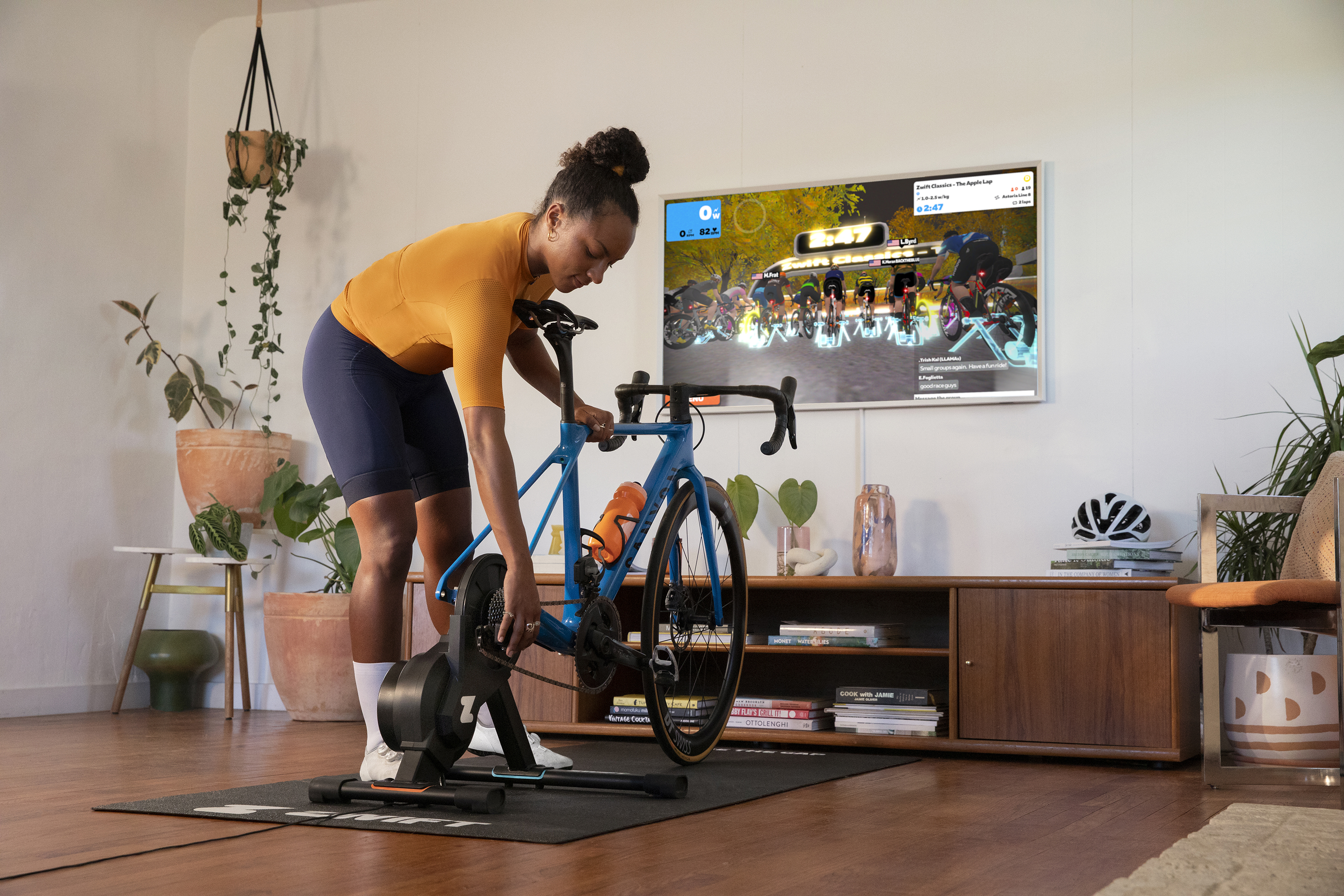
Indoor training has come a long way in recent years. Rollers and some form of timing device turned into basic turbo trainers, and now there are tonnes of advanced options on the market. Advanced doesn’t mean complicated though, quite the opposite in fact. Although initial setup may seem extremely daunting to the uninitiated, brands such as Zwift have come up with plenty of helpful details to make the process simple and easy to follow. And remember, once setup is carried out, it’s normally just a case of putting your bike on the trainer, connecting everything up and starting to pedal.
There are a number of ways you can train effectively indoors. The best is a smart trainer with inbuilt power, but other choices include a basic, non-smart trainer with a separate power meter, and a basic trainer with speed and cadence sensors linked. Apps are also extensive, and can be run through a phone, tablet, computer or via Apple TV so there are plenty of ways to get going.
A few things to consider when choosing a setup include the type of trainer, compatibility and accessories required. Here we run through many of the considerations when setting up for indoor training, and will hopefully alleviate any concerns about complexity.
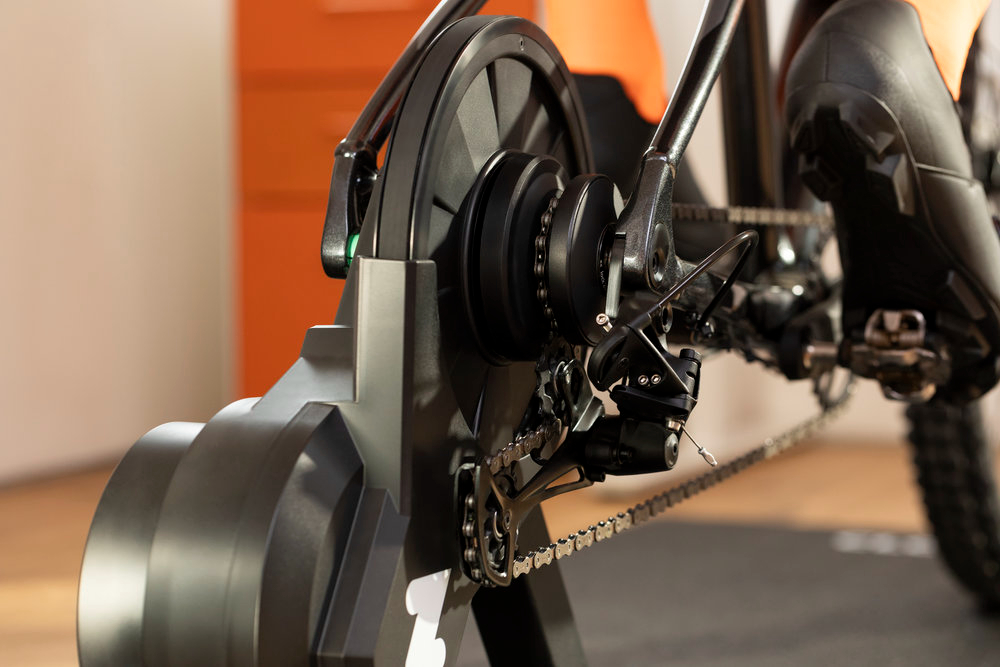
Bike compatibility
Most turbo trainers are compatible with the majority of bikes: road, hybrid, gravel, mountain and TT. What determines compatibility is, in most cases, the wheel size, cassette and axle, and with modern trainers such as the Zwift Hub, adapters are included. If you’re unsure, it’s worth checking out the full compatibility list on the trainer website, but in general there’s no need to worry as standard bikes generally work.
Wheel-on or direct drive. Basic or smart?
Turbo trainers, rollers and indoor bikes are all common choices, although turbo trainers are most popular with those who already own a bike of some kind and are looking to pair with a training app like Zwift.
Wheel-on or direct drive (where the rear wheel is removed and the cassette is attached to the trainer) are available. Wheel-on types are simple to setup and a non-smart model is useful if you plan on using it to warm up at races, although a set of rollers tends to be a better choice for this. They are a great budget option, but there are a few drawbacks such as lower maximum watts and reduced accuracy in readings.
Direct drive models are becoming more affordable and more popular. The ride feel is more realistic and smart models are without a doubt the best in terms of performance. As you remove the rear wheel during setup, there’s no need to invest in a cheap spare wheel and turbo-specific tyre, and you don’t need to worry about tyre pressures, or cleaning it if you are using your outdoor tyre. The absence of a rear wheel takes away these extra steps.
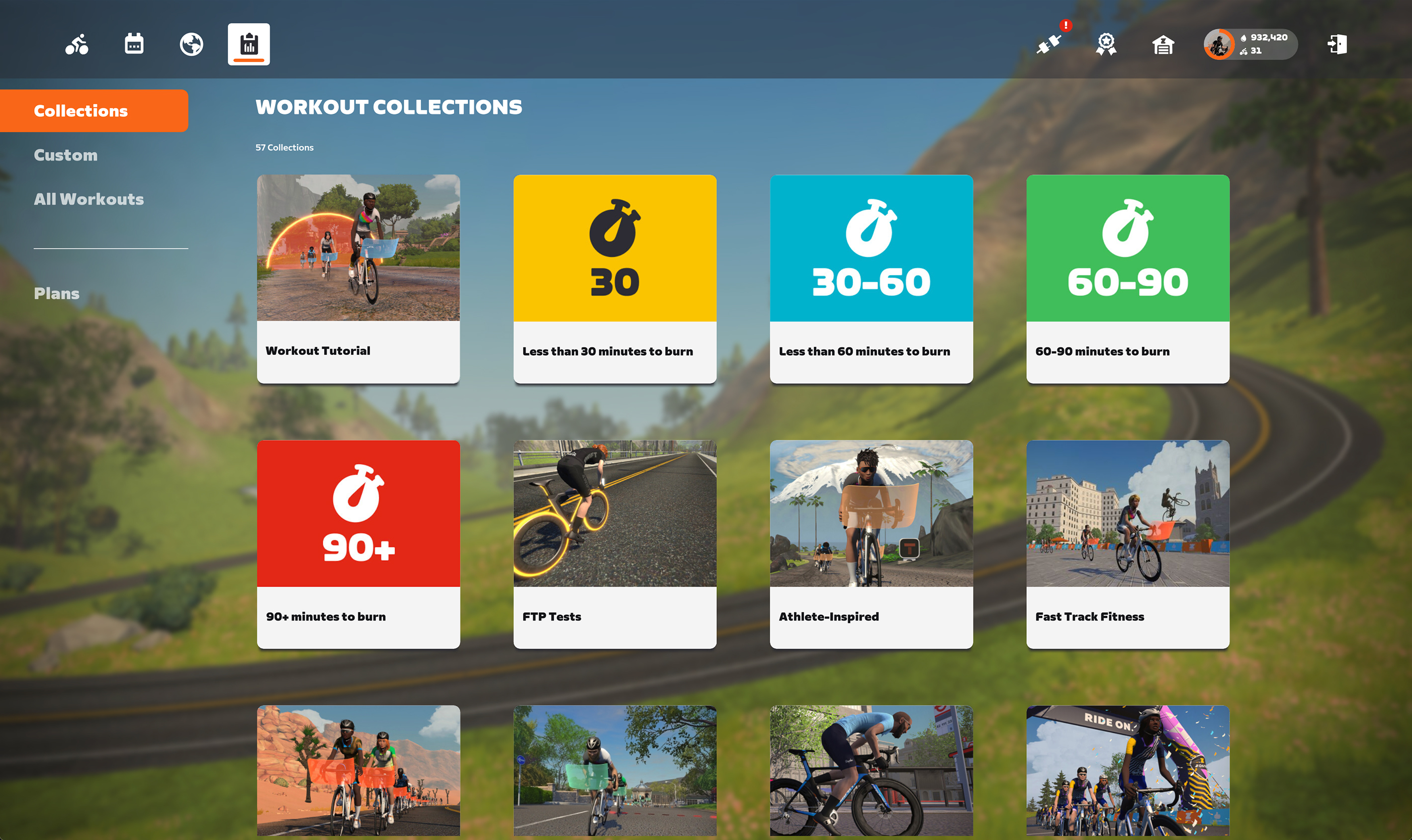
One of the best things about a smart trainer is that resistance is changed automatically depending on the training session or course you are riding. ERG mode is a smart-specific feature that matches your resistance to cadence. For example, if your pedalling slows the resistance will increase to ensure steady power outputs, and vice versa. This mode is used for training sessions with defined power outputs, and means you you leave your head to focus on the session uninterrupted.
Setting up the Zwift Hub turbo trainer
The Zwift Hub is great proof that setting up for indoor training isn’t so complicated after all. A smart turbo by a brand best known for its interactive and immersive training app, it’s very well priced against competing products and is specifically designed for easy setup, with everything you need included. It’s the perfect choice for riders looking to take advantage of Zwift’s excellent training platform.
Every Zwift Hub comes with either the cassette of your choice; 8 - 12-speed, already installed, or the single-sprocket Zwift Cog (more on that in a moment). Building the turbo (fitting the two slightly-different-length legs) is a breeze, thanks to colour coding and a ‘danger’ indicator if you line them up wrong. It’s fairly difficult to mess up.
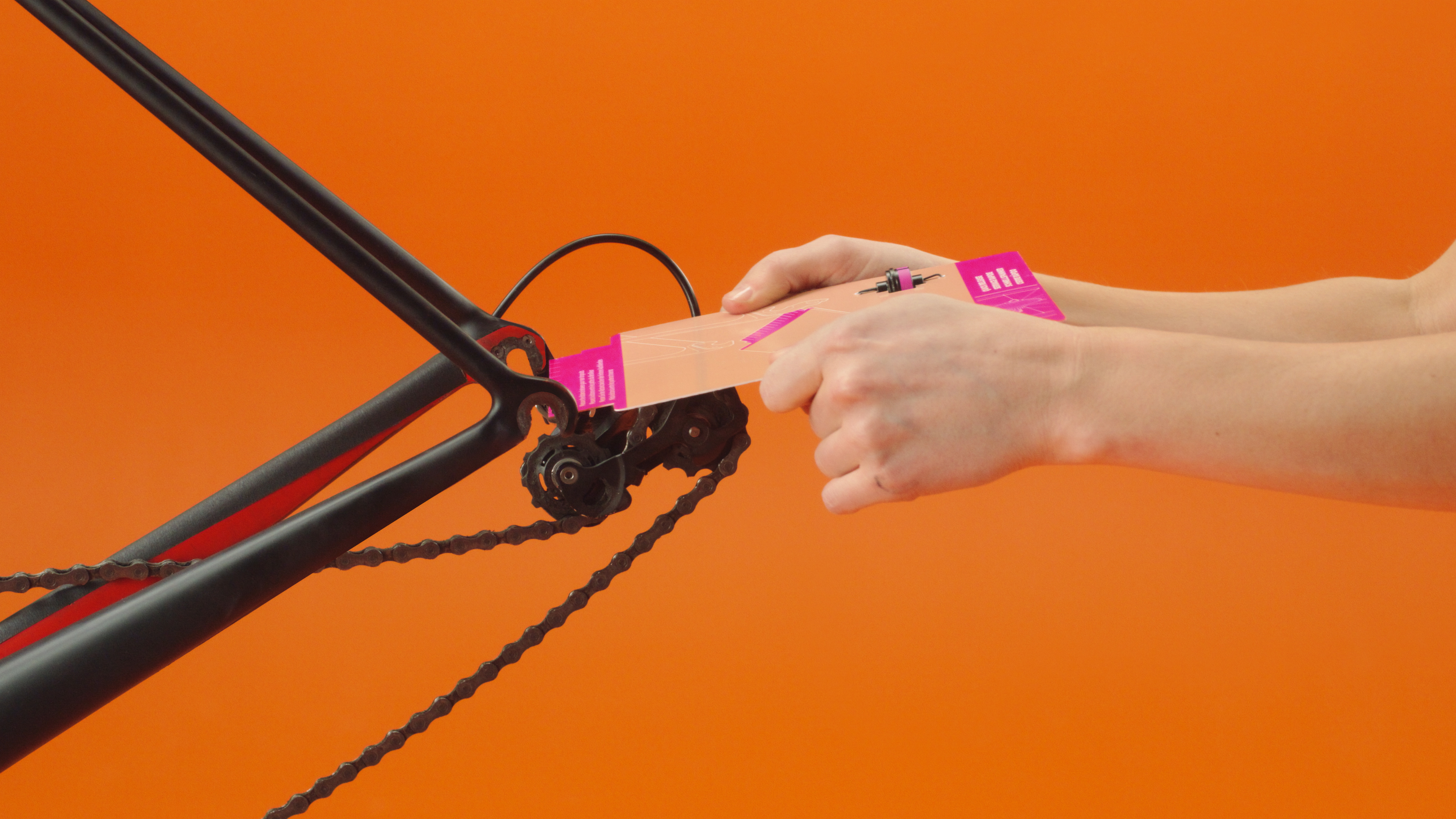
Coloured cards in the box are helpful for those who are unsure of the difference between quick release and thru-axle, and for those who don’t know what length their thru-axle is. They contain easy to understand instructions, allowing you to simply slide the cards between the rear dropouts and see what fits, consequently making it clear which adapters you need.
If you’re still stuck, or you simply want to investigate ease of use before committing to a purchase, there are a number of instructional videos on the Zwift website that guide you through the entire process. From unboxing and assembling, to setting up and pairing, every aspect is covered, for both models.
The Zwift Hub One includes a one-geared ‘Cog’, instead of a traditional cassette. The underlying technology of the trainer is exactly the same as the now discontinued Zwift Hub Classic, but it uses a virtual shifting concept, akin to smart bike technology. Included is a Zwift Click device that can be placed wherever feels best on the handlebar, and which performs the shifts. The Cog and Click system can be bought separately if you wish to switch out the cassette on your existing Classic (or any other smart trainer for that matter).
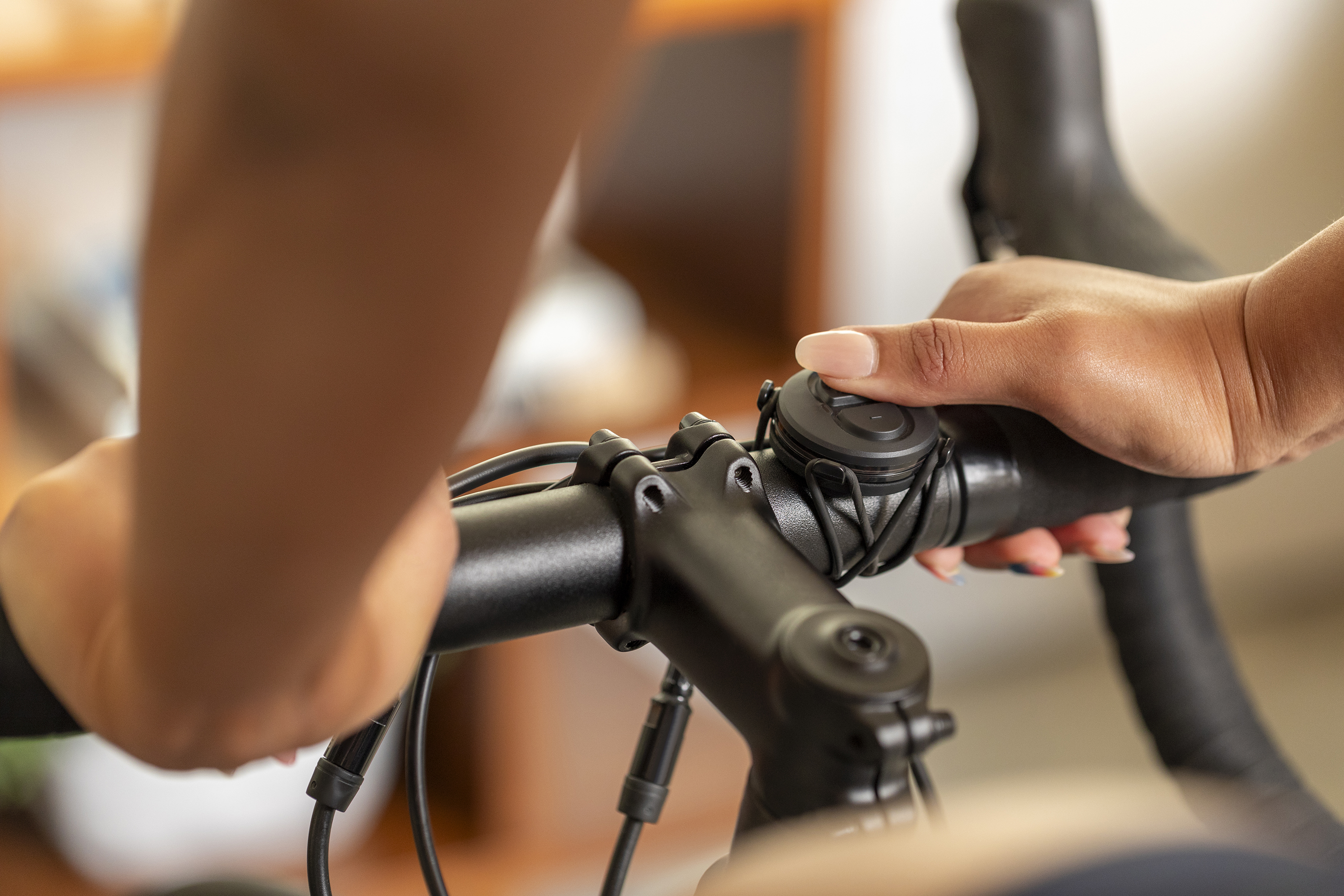
The Zwift Hub One can only be paired with Zwift, and it’s the Zwift Click that imposes this limitation. The trainer itself uses ANT+ and Bluetooth smart industry standards so would accurately report power and react to gradients, but there would be no way to shift. Some riders may simply prefer the ‘real’ feel of shifting that a standard trainer like the Kickr Core allows for, but on the flipside, the One is great if several bikes are being used on the same trainer in a home, because the groupset type is irrelevant.
Once plugged in, there’s not much more to do. It really is that easy! The next step uses the Zwift Companion App, where you can check for firmware updates and pair with a heart rate sensor. Doing the latter via the trainer itself means the sensor and turbo act as a single channel, leaving other channels free for sensors such as a steering device.
The Hub One trainer automatically calibrates its power readings too, simplifying things further. Heat build up at the start of a ride could create inaccuracy in power data and, previously, Zwift recommended a spin down calibration after about 10 minutes of riding. This is now a thing of the past. Essentially, Zwift optimises accuracy throughout a session by automatically calibrating whenever you’re freewheeling for more than 4 seconds, or have stopped for a break. It’s a bit of a game changer, not having to think about pausing your ride for calibration 10 minutes in.
Zwift's innovation has also created a pathway for other brands to follow, and Wahoo has been the first to do so. Working in partnership with Zwift, the Atlanta brand recently dropped the price of its Kickr Core to $599/£549 (with a year of Zwift included), matching the Hub One's price. It also redesigned its entire setup process, making getting set up easier for everyone.
Connecting everything up
Connections are created between the app, trainer, and any additional sensors, using ANT+ and Bluetooth Smart. The Zwift Companion app is interactive and intuitive to use, and their 'How to' collection of videos covers a range of topics that'll get you up to speed.
Get The Leadout Newsletter
The latest race content, interviews, features, reviews and expert buying guides, direct to your inbox!
Cyclingnews is the world's leader in English-language coverage of professional cycling. Started in 1995 by University of Newcastle professor Bill Mitchell, the site was one of the first to provide breaking news and results over the internet in English. The site was purchased by Knapp Communications in 1999, and owner Gerard Knapp built it into the definitive voice of pro cycling. Since then, major publishing house Future PLC has owned the site and expanded it to include top features, news, results, photos and tech reporting. The site continues to be the most comprehensive and authoritative English voice in professional cycling.
